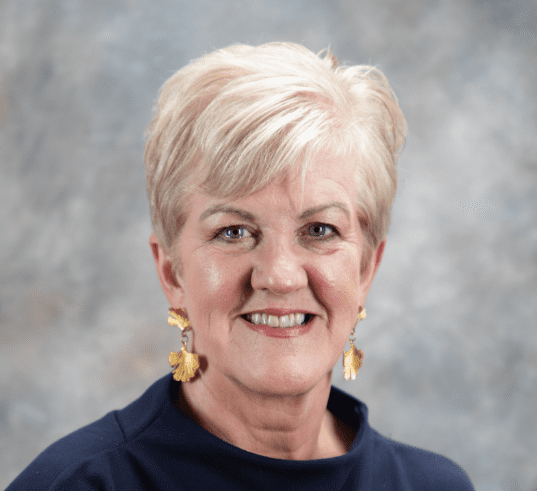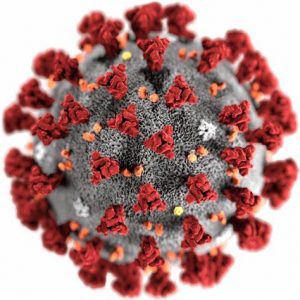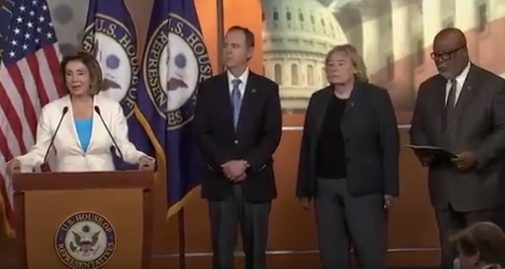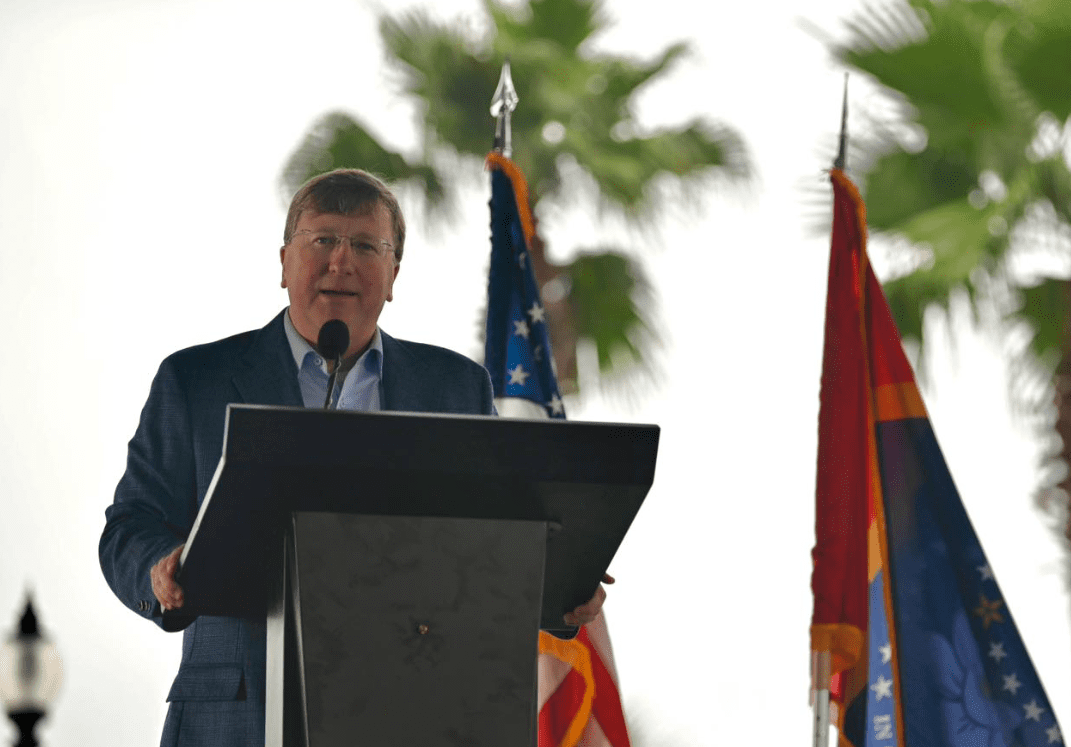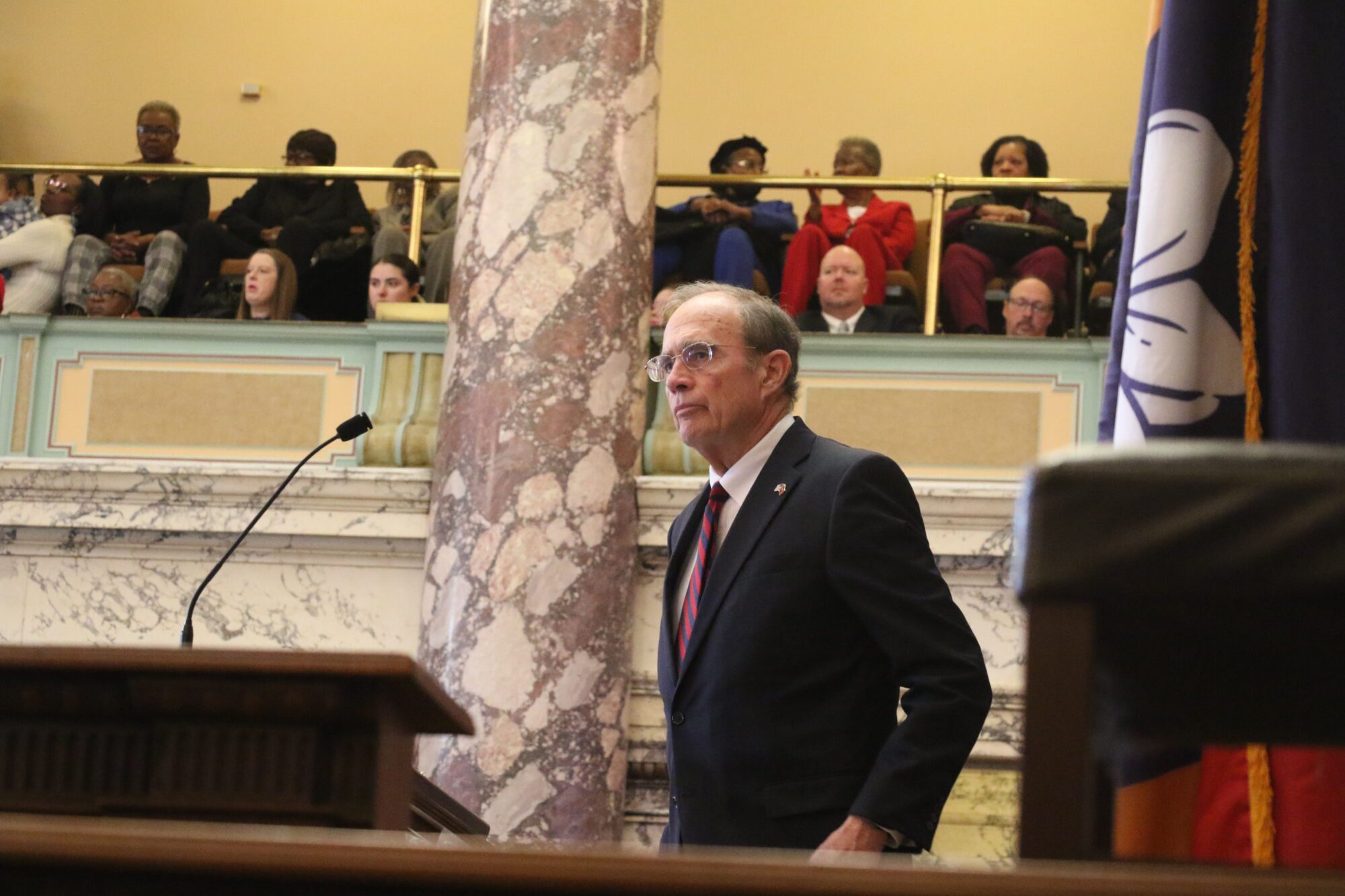
By: U.S. Sen. Cindy Hyde-Smith
I am a part of a proud fifth-generation farming family. The town where I grew up Monticello, Mississippi has a population of fewer than 2,000 people. Rural America is where I come from, and preserving our rural way of life is a priority of mine in the United States Senate. Equitable access to healthcare is one key to making life in rural America sustainable. Unfortunately, this is an uphill climb, as our rural areas are facing so many challenges when it comes to healthcare.
One urgent challenge is the rapidly escalating crisis of rural hospital closures. In 2020, amid the COVID-19 pandemic, rural hospital closures hit a record high, and this problem does not show any sign of abating. Sadly, my state of Mississippi has more rural hospitals at risk of closing than any other state in this country.
A hospital closure affects the whole community in so many ways. Not only are jobs lost but, most importantly, access to local healthcare is eliminated for residents in an entire region. In an emergency, timely care is of the essence, and having close-by access to care can truly mean life or death. Improving the financial security of rural hospitals is key to improving the rural-urban disparities in health outcomes.
The Trump Administration recognized this by targeting over $10 billion from the CARES Act Provider Relief Fund specifically for rural hospitals and providers. But those resources are temporary, and much more work remains to be done to shore up our rural hospitals.
The COVID-19 pandemic is highlighting the real public-health needs in rural America. While initially COVID-19 cases were concentrated in urban areas, the virus quickly spread through rural towns and villages across the nation. By September 2020, COVID-19 was more prevalent in rural America than in any other type of community, with rates in the smallest towns nearly double the rates in large metro areas. This is not surprising.
For too long, our public-health infrastructure has been focused in capital cities and major metropolitan areas. That lack of public-health infrastructure, combined with the rural hospital closure crisis, meant that too many rural communities were largely unprotected when COVID-19 arrived.
This inequity has extended to the rollout of the vaccines. Months before the approval of any of the COVID-19 vaccines, I raised concerns about the logistical challenges of getting these specific vaccines, which come in large batches and must be stored at ultra-cold temperatures, into all of the small towns across our nation. This has proven true, as COVID-19 vaccination coverage has been significantly lower in rural counties than in urban counties across all age groups.
The Centers for Disease Control and Prevention (CDC) must do more to address the public-health needs of rural communities. While CDC has made some efforts toward this end, I am concerned that there is no entity within the CDC tasked specifically with this work. I believe this could be one reason our public-health response to this virus has been less effective in rural areas.
Establishing a new Office of Rural Health within the CDC would be an important way to support rural communities through the end of this pandemic and to strengthen public-health capacity in rural America generally. I envision this office as being empowered to look across CDC programs to ensure the agency’s work is properly addressing the needs of the 57 million Americans who live in rural communities. The care of these hard-working families should not be a secondary consideration after nationwide or metropolitan needs are addressed.
In a recent Senate Appropriations Subcommittee hearing, I pushed CDC Director Walensky to establish such an office, and I will work through the Fiscal Year 2022 process to do everything I can to bring this to fruition because the need is very real.
Earlier this month, the Journal of the American Medical Association published a study showing the gap between rural and urban death rates tripled over the past 20 years, growing from 62 per 100,000 people to 169.5 from 1999 to 2019. The pandemic will certainly exacerbate this urban-rural disparity. The troubling data in this study should prompt us to act.
I am proud to be from rural America, and I want to preserve that rural lifestyle for my daughter and the family she will raise one day. To do that, we must address our rural hospital closure crisis and improve our public-health infrastructure so that the generations of Americans to come can enjoy equitable access to quality healthcare and an overall improved quality of life.
